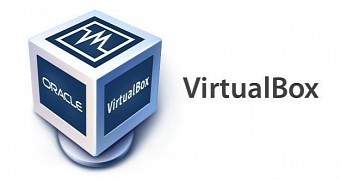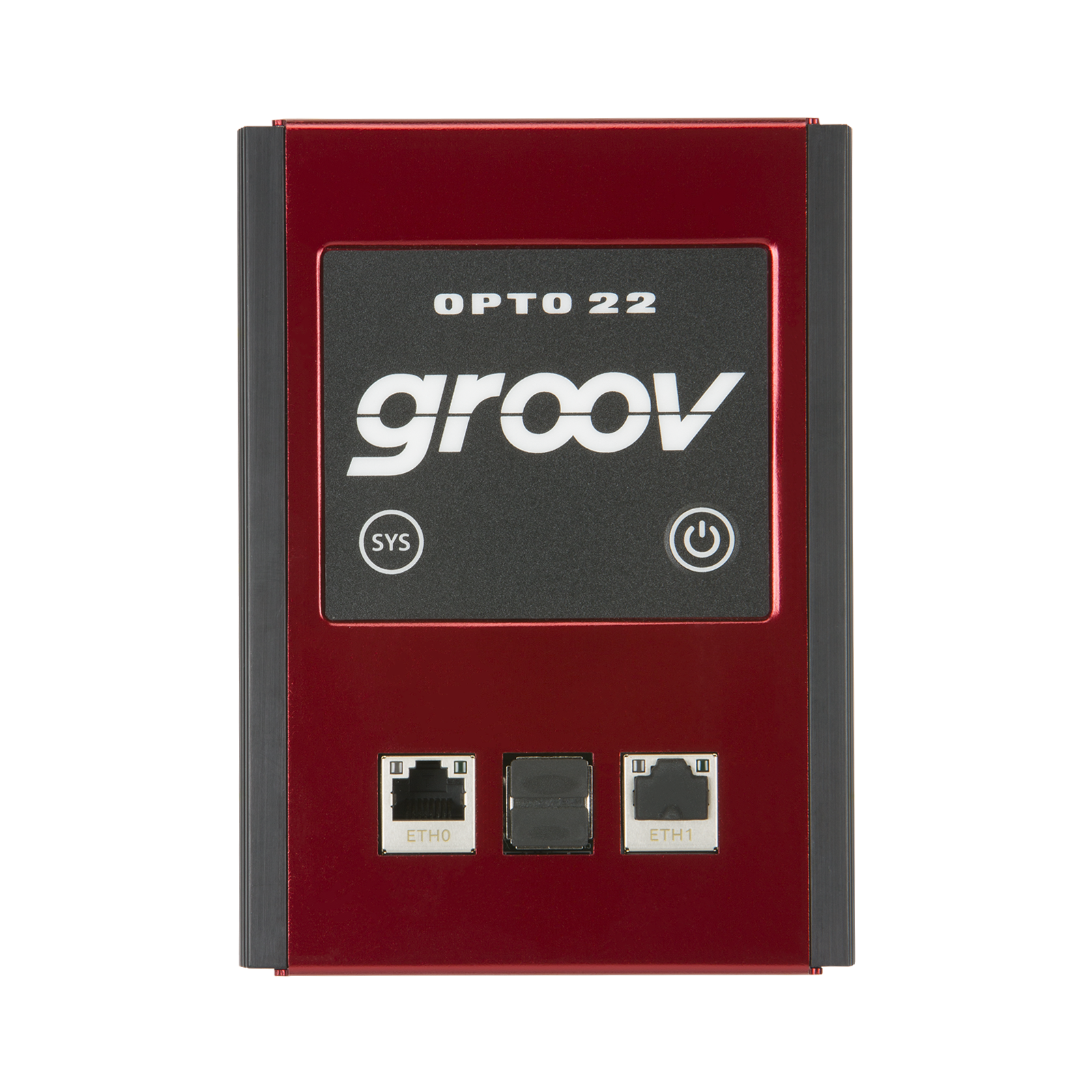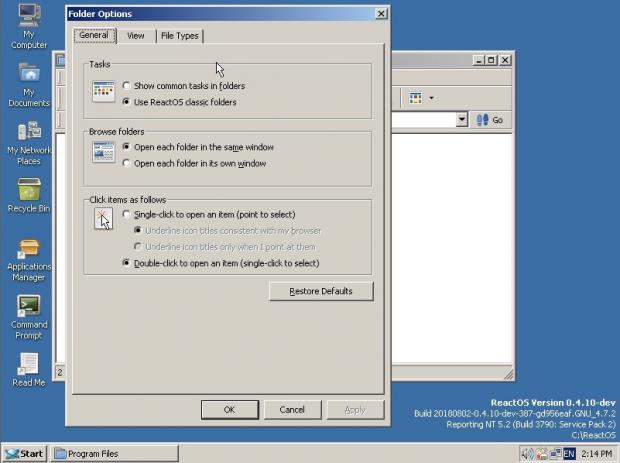Raspberry Pi OS 2023-02-21 Supports Touchscreen, Video Drivers
Raspberry Pi Vs. Arduino
How to build custom IoT hardware with Arduino
17 Cool Arduino Project Ideas for DIY Enthusiasts
How to Install Arduino on Ubuntu 22.04-20.04
Winehq 5.0 Released
The Wine team is proud to announce that the stable release Wine 5.0 is now available.
This release represents a year of development effort and over 7,400 individual changes. It contains a large number of improvements that are listed in the release notes below. The main highlights are:
- Builtin modules in PE format.
- Multi-monitor support.
- XAudio2 reimplementation.
- Vulkan 1.1 support.

Disponibile ReactOS 0.4.12 con Window Snapping e nuovi temi
Linux Mint 19.2 is out
The Linux Mint team released a new version of the Linux distribution on August 2, 2019. Linux Mint 19.2 is already available in the three supported flavors Cinnamon, MATE, and Xfce.
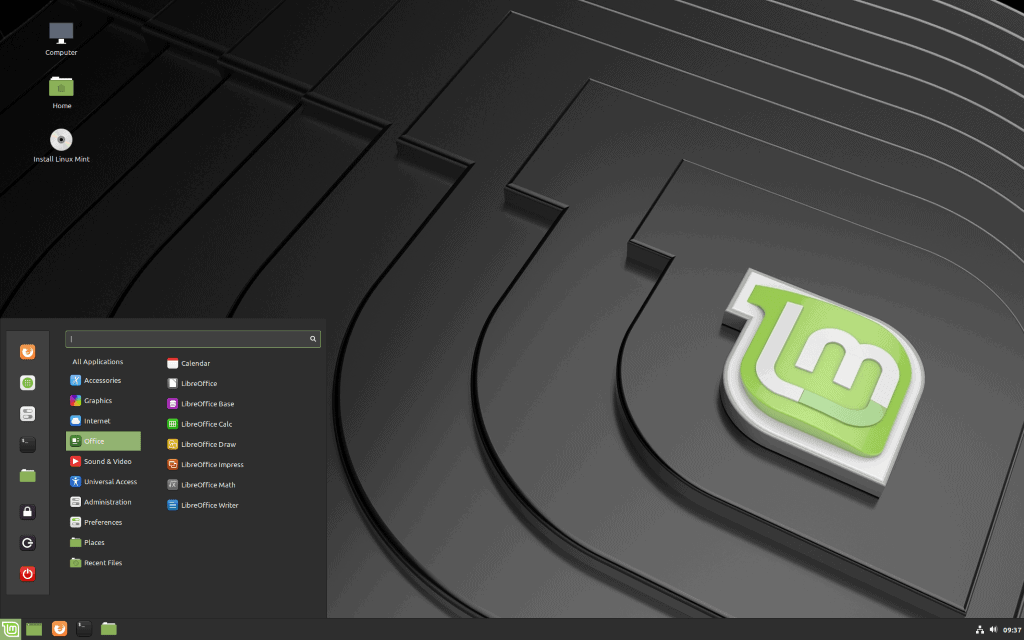
A Look at Redcore Linux: Gentoo based Linux Distribution
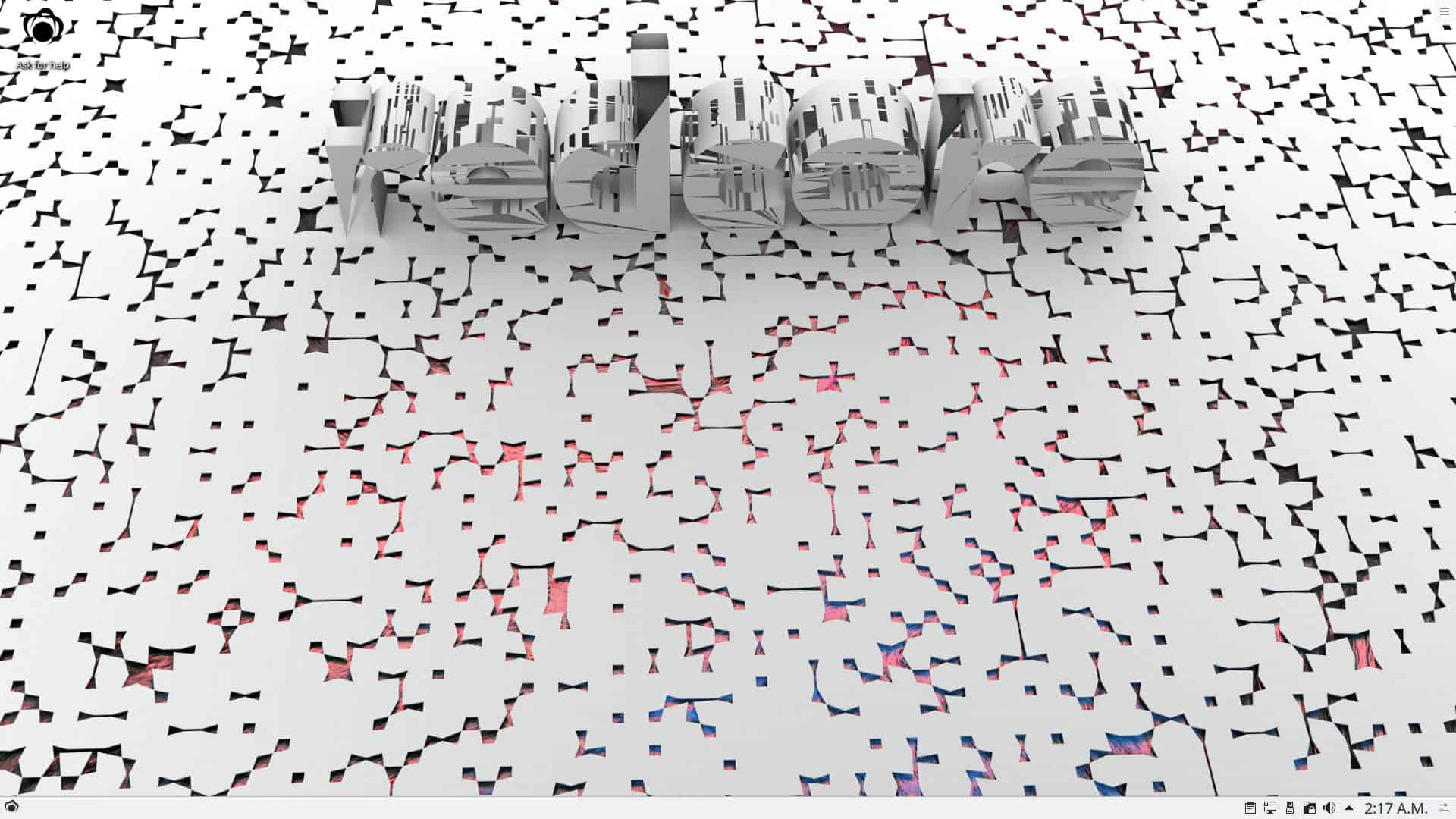
Redcore Linux is based off Gentoo’s testing branch so you can expect near bleeding-edge updates to your system. However, Redcore Linux does test packages received in their weekly resync with Gentoo upstream for stability before adding them to the Redcore Linux repositories. This does help add a layer of extra stability to the system that you may not usually have in a testing branch.
Linux or Windows or Mac: F.O.S.S vs. Proprietary
DebConf20
DebConf 20 will be the 21st DebConf, held in August 2020 in the University of Haifa on Mt. Carmel.
The campus is on a mountain next to the shores of the Mediterranean. You’ll get a reasonable climate and beautiful views and yet be next to great sunny beaches. All of the facilities are on the campus. The dormitories are at a short walking distance. The rest will be located in a group of near-by rooms in the entrance floor.
Haifa is the third-largest city in Israel – after Jerusalem and Tel Aviv.

Debian celebrates 26 years, Happy DebianDay!
26 years ago today in a single post to the comp.os.linux.development newsgroup, Ian Murdock announced the completion of a brand new Linux release named Debian.
Since that day we’ve been into outer space, typed over 1,288,688,830 lines of code, spawned over 300 derivatives, were enhanced with 6,155 known contributors, and filed over 975,619 bug reports.

Amazon will order 100,000 electric delivery vans from EV startup Rivian, Jeff Bezos says
Elon Musk says free self-driving chip upgrade could come to older Teslas this year
Tesla CEO Elon Musk says the company will “most likely” start retrofitting its new, more powerful processing chip into older vehicles near the end of the year. The new FSD chip is the first to have been designed in-house. Tesla says it offers 21 times the performance of the Nvidia chips it replaces — a claim Nvidia disputes.
:format(webp)/cdn.vox-cdn.com/uploads/chorus_image/image/64685356/Tesla_Full_Self_Driving_Computer_2040.0.jpg)
Tesla’s new AI chip isn’t a silver bullet for self-driving cars
Tesla’s new self-driving chip is here, and this is your best look yet
Linux 5.2
111+ Linux Statistics and Facts
Well, if we look at the surface, here is what we’re going to see:
- In April 2019, 1.63% of all desktop operating systems worldwide ran on Linux.
- In February 2019, Linux held a market share of 1.47% of the global desktop/tablet/console market.
- In April 2019, the net market share of Linux was 1.99%.
Now, that’s what the everyday user sees.
What’s all the fuss, then?
Here are some stats that may change your mind:
INDUSTRY 4.0
Revisione 0.05
L’ Automazione Industriale annovera la sua quarta rivoluzione e diventa il Sistema di Informazione Automatica che visualizza e controlla l’intera Linea di Produzione.
Le Industrie potenziano i macchinari, mediante sensori ed attuatori, per creare ed accentrare il flusso di informazioni dalle macchine.
La nuova tendenza supera la classica automazione per includere cyber-physical systems (CPS), internet of things (IoT), industrial internet of things (IIOT), cloud computing, cognitive computing e artificial intelligence.
L’ Industria 4.0 aggrega i concetti di:
- Smart manufacturing
- Smart factory
- Lights out (manufacturing) definito anche dark factories
- Industrial internet of things definito anche internet of things per l’industria
Lo scenario attuale vede Industrie con macchinari isolati e dotati di tecnologicamente modesti, ma costosi e poco pratici processori e controllori locali. I dati restano legati alle singole macchine, non sono resi omogenei ed accentrati nel Sistema Centrale per l’Automazione Industriale 4.0.
Le Aziende che producono ed assistono le macchine usate nell’industria sono in pratica riluttanti nell’adottare uno standard per la comunicazione ed il tipo dati.
Nel contesto Operatori d’Eccellenza si muovono sul campo, superando le gravi difficoltà presenti, per dotare ogni singola macchina della capacità di creare ed inviare i dati nel Sistema Centrale per l’Automazione Industriale 4.0.
Questi operatori, rari e di grande talento, si muovono sul campo, installano sensori, attuatori, processori, e cablaggi per la creazione e la convergenza dell’informazione. E’ inevitabile la costruzione e sperimentazione di nuovi sistemi compatti, ed è ovvio siano ARM Board con Touch Panel, per comunicare con PLC locali oppure la nuova elettronica installata. Requisito dell’Industry 4.0, secondo la visione originaria tedesca del 2012, è il progressivo abbandono di protocolli seriali per l’adozione di protocolli di rete compatibili con Internet, e quindi, in breve, TCP. Emerge, in modo strategico, il nuovo ruolo del MODBUS TCP.
L’informazione così creata dal basso, costituita dalle rilevazioni, è la materia grezza per la filiera che definisce l’Industria 4.0.
Queste rilevazioni possono essere aggregate seguendo un approccio dal basso, ma dovranno essere, nel contesto pregiato, messe in relazione, come si usa dire dall’alto, per esempio, alle distinte base.
Così creando il contesto virtuoso di raccordo tra i dati della produzione, dal basso o dal campo, con i dati provenienti dall’area di gestione, che comprende anche amministrazione, progettazione e direzione.
Le rilevazioni affinché siano fruibili convergono in un Sistema Informatico Centrale per l’Automazione dell’Industria 4.0. Sistema dotato di molti servizi, ma il più strategico è il RDBMS.
E’ possibile costruire il Sistema per l’Automazione 4.0 parti di Sistemi Dipartimentali di eccellenza, quali UNIX Linux Ubuntu Server 64 LTS e RDBMS PostgreSQL.
Costruito e reso stabile il flusso dei dati dal basso, si sperimentano varie aggregazioni per meglio capire quali siano gli obiettivi da raggiungere e come procedere per il grande passo, ovvero il raccordo dei dati dall’alto. Passo che si realizza mediante la costruzione di specifiche gestioni.
Gestioni che permettono di definire i componenti accessori da adottare o costruire, per esempio servizi di notifica, report, cruscotti. Gestioni che possono essere realizzate in molteplici modi, ma si possono elencare alcuni ovvi vincoli:
- lo sviluppo deve essere rapido, RAD e quindi visuale
- la gestione dati massiva o bigdata con tabelle di appoggio locali
- facilmente installabili, runtime minimi, meglio solo desktop e quindi serverless
- create per essere utilizzate con il parco computer più usato
- devono gestire molte centinaia di tabelle con widgets correlati
- devono prevedere tre flussi di dati:
- query da RDBMS con download di record
- elaborazioni in locale, per esempio aggregazioni in tabelle di appoggio
- upload di record, nel caso di gestione e non semplice monitoraggio.
Nel contesto odierno forse l’unica possibilità praticabile è creare App Microsoft Classiche.
Articoli correlati:
Touch Panel ARM per Automazione Industriale
Il progetto di realizzazione del Touch Panel ARM ad uso Automazione Industriale con Schda ARM Cortex-A72 Quad Core 1.5GHz, USB 3 e NIC Gbit è stato completato.
Il Touch Screen è 7″ da 155 mm per 86 mm con risoluzione 800 per 400.
Il Sistema Operativo adottato è di origine Debian ed il Framework di Sviluppo è Qt versione 5.
Le App native ARM permettono di utilizzare le più ampie funzioni di networking, connessione a RDBMS, gestione XML e JSon, l’utilizzo dell’intero parchi programmi previsto in Repository Debian ARM e molto altro.
La versione completa prevede una GPIO AVR nella piattaforma Arduino con link USB on line. Così completando il quadro di interfaccie possibili: dalle tradizionali seriali, il MODBUS, I2C, SPI, …
Due App su ARM realizzate in ambiente ARM Qt gestiscono il PnP USB e quindi il riconoscimento automatico di Scheda AVR connessa e il poll dei comandi verso la scheda AVR stessa.
Ubuntu 19.04 “Disco Dingo” disponibile: ambiente desktop più fluido e molto altro
Ubuntu 19.04 comes refreshed with the Linux 5.0 kernel
VirtualBox 6.0.6 Released with Support for Linux 5.0 and Linux 5.1 Kernels
Sion
GROOV-AR1-BASE
Running Android next to Wayland
Top 10 IoT(Internet Of Things) Projects Of All Time | 2018
How MOSFETs and Field-Effect Transistors Work!
Electronic Basics #23: Transistor (MOSFET) as a Switch
TOP 10 Arduino-Servo Motor Projects | 2018
12V , 100A using Super capacitors , Amazing idea
Disassembling a 2012 Nissan Leaf Battery Pack
Trolling Motor recycled 80ah 18650 battery pack
2019 Nissan LEAF e-Plus: The Truth About That Battery Pack
The reason Tesla’s 75 kWh battery is going away
What Linus Torvalds really thinks about ARM processors
That’s bull***t. If you develop on x86, then you’re going to want to deploy on x86, because you’ll be able to run what you test “at home” (and by “at home” I don’t mean literally in your home, but in your work environment).

Smallest Flying Sports car
Volkswagen MEB electric platform
There’s the I.D., a Golf-sized vehicle, which is expected to be their first mass-market EV for the model year 2020. VW also unveiled the I.D. VIZZION sedan, the crossover all-electric I.D. CROZZ Concept, and then there’s the I.D. BUZZ electric microbus, which we’ve learned is going to be produced in Hanover in 2022.
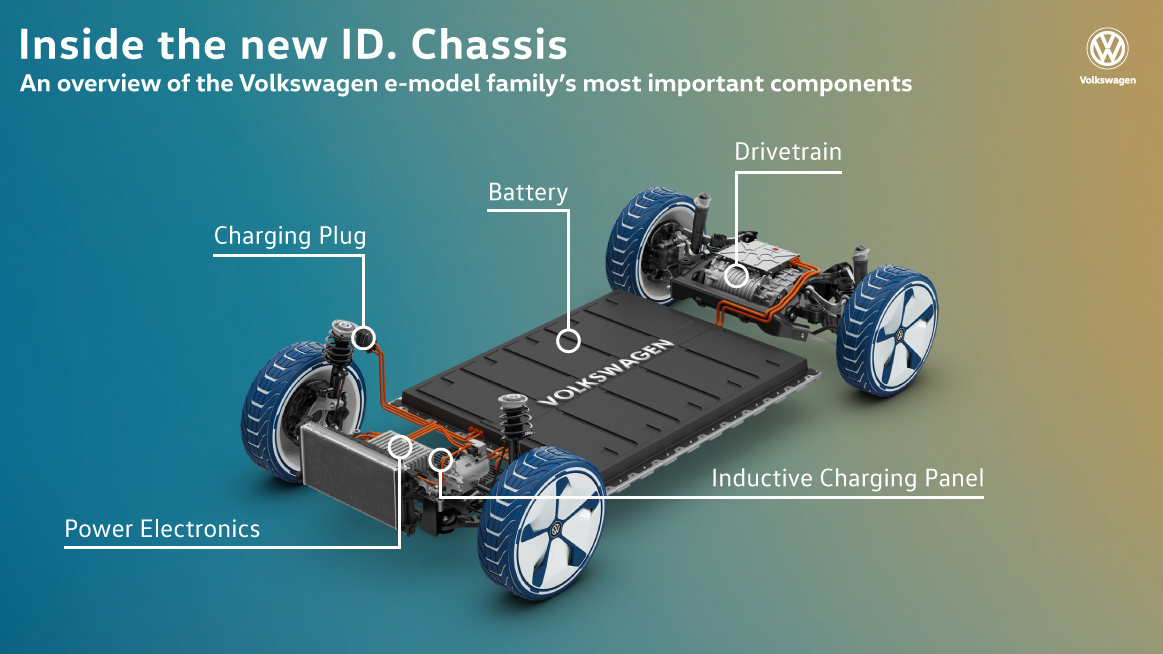
ReactOS 0.4.10 is now available for download
The Wine development release 3.20 is now available
What’s new in this release:
- Async interfaces and ACF files in the IDL compiler.
- Support for substorage transforms in MSI.
- RPC/COM marshalling fixes.
- Support for Unicode requests in WinHTTP.
- Shell Autocomplete optimizations.
- Various bug fixes.

How Do Electric Formula E Cars Work? – Season 2 Tech Explained
Look Inside The Formula E Gen2 Car – ABB FIA Formula E Championship
Audi Electric Motors Production
How does an Electric Car work ? | Tesla Model S
How Tesla Builds Electric Cars | Tesla Motors Part 2
How the Tesla Model S is Made | Tesla Motors Part 1
Tesla Gigafactory
BMW i3 Factory Production Tour
AUDI Electric Motor Engine FACTORY – HOW IT’S MADE | HYPNOTIC VIDEO
Driving Audi’s 2019 Formula E car | Behind the wheel
2018/19 Jaguar I-PACE eTROPHY calendar

Ad Diriyah Saudi Arabia December 15, 2018
Mexico City Mexico February 16, 2019
Hong Kong Hong Kong March 10, 2019
Sanya China March 23, 2019
Rome Italy April 13, 2019
Paris France April 27, 2019
Monaco Monaco May 11, 2019
Berlin Germany May 25, 2019
New York City USA July 13, 2019
New York City USA July 14, 2019

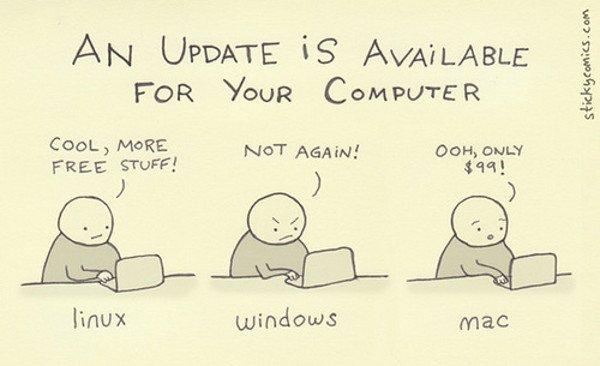
:format(webp)/cdn.vox-cdn.com/uploads/chorus_image/image/65279142/EE1dQ9YXUAA8Slg.0.jpeg)
